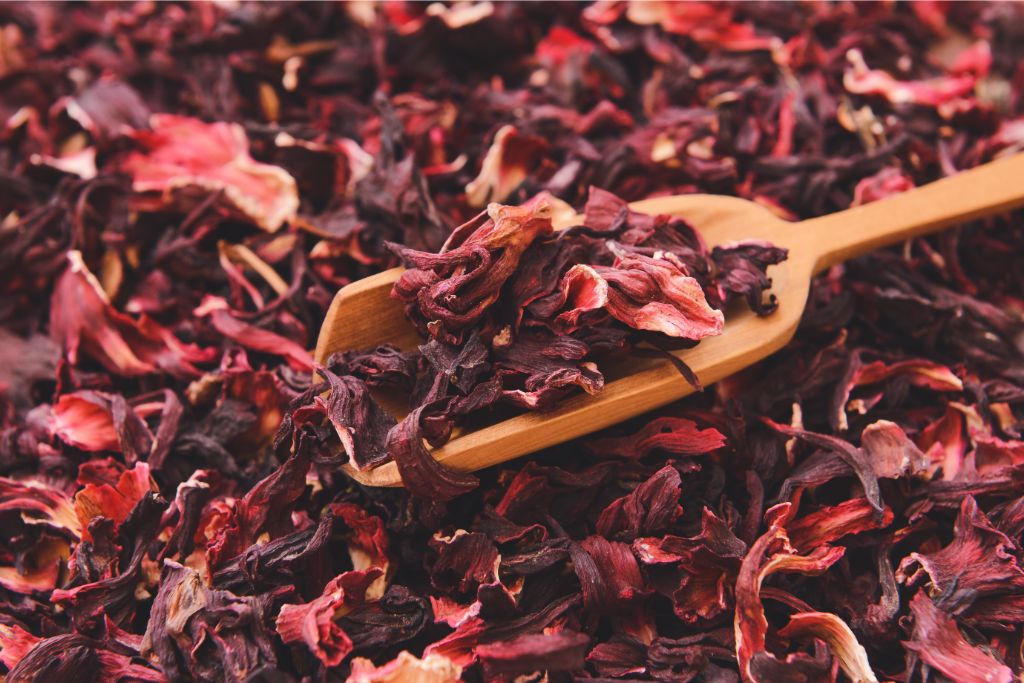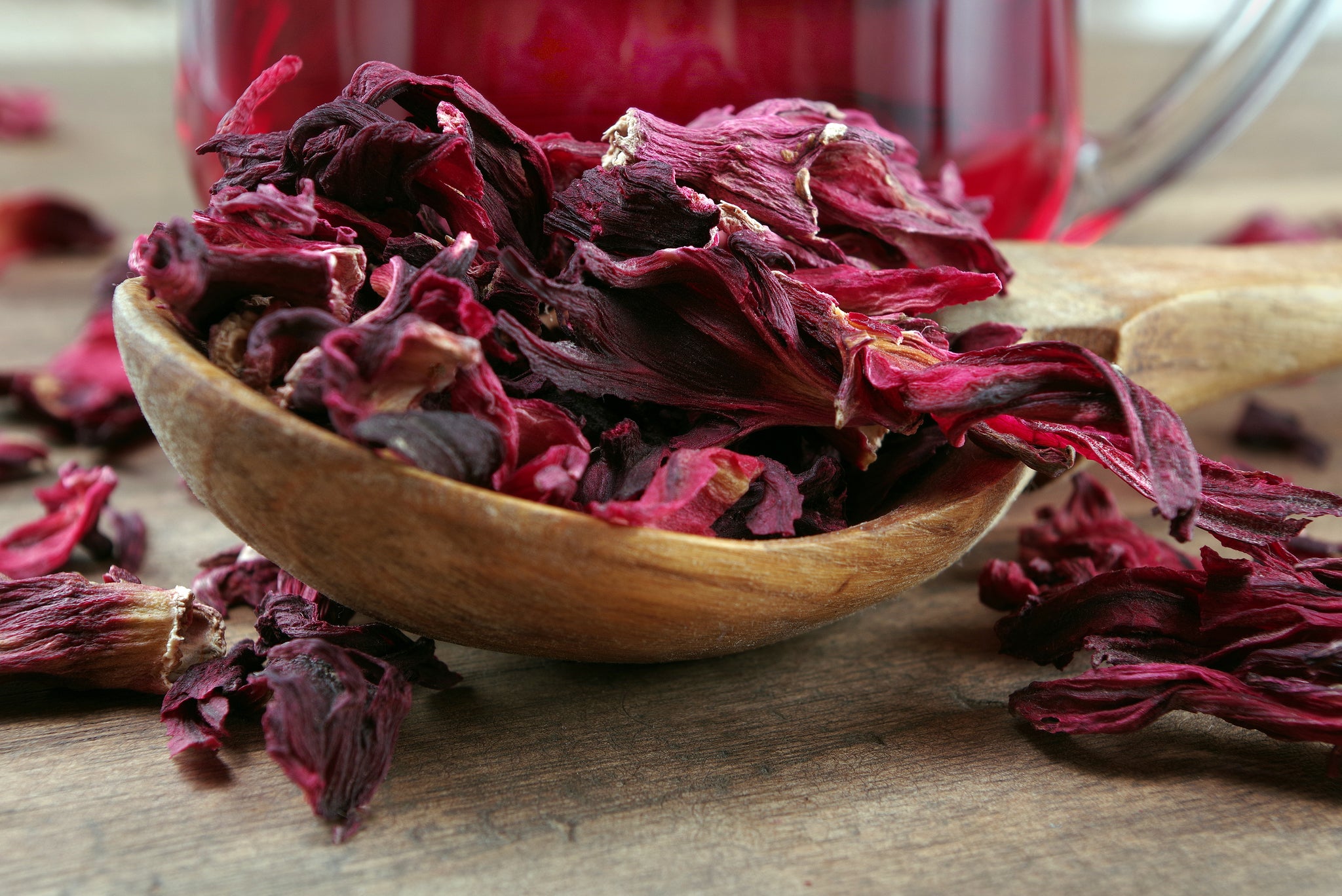Hibiscus, a genus of flowering plants in the mallow family Malvaceae, is not only admired for its vibrant flowers but also increasingly recognized for its commercial potential in global markets. Particularly, Hibiscus sabdariffa, commonly known as Roselle, has gained prominence due to its wide range of uses in food, beverages, and industries such as pharmaceuticals and cosmetics. This article explores the various dimensions of hibiscus cultivation, processing, market opportunities, and strategies for enhancing its value as a profitable export crop.
Introduction to Hibiscus Cultivation
Hibiscus plants are typically grown in tropical and subtropical regions. The cultivation of Hibiscus sabdariffa is predominant in countries such as Sudan, Nigeria, Mexico, and parts of Asia, including Thailand and Malaysia. These flowers thrive in well-drained, fertile soils and require ample sunlight and moderate rainfall. The cultivation of hibiscus presents a viable agricultural venture due to its low maintenance costs and minimal requirement for pesticides and fertilizers.
Uses and Market Demand
The versatility of hibiscus is one of its strongest selling points. The calyces of Hibiscus sabdariffa are used to make herbal teas, jams, spices, soups, and sauces. The vibrant red color of hibiscus extracts is highly sought after in the food and beverage industry as a natural colorant. Furthermore, hibiscus is celebrated for its health benefits, including reducing high blood pressure, cholesterol levels, and aiding digestion, which makes it a popular ingredient in health and wellness products.
In the cosmetics industry, hibiscus extracts are utilized for their anti-aging properties. They are rich in antioxidants and alpha-hydroxy acids (AHAs), which promote skin rejuvenation. The growing demand for natural and organic beauty products has propelled the inclusion of hibiscus in various skincare formulations.
The global market for hibiscus products is expanding. According to Market Research Future (MRFR), the hibiscus flower extract market is projected to grow at a significant rate through the forecast period. This growth is driven by increasing consumer awareness of health and wellness and the continuous search for natural and organic product alternatives.
Challenges in Hibiscus Agriculture
Despite the promising market, hibiscus growers face several challenges. Variability in climate conditions can affect yield and quality. Additionally, post-harvest losses due to improper handling and storage can significantly impact profitability. Farmers in developing countries, where much of hibiscus cultivation takes place, often lack access to advanced agricultural technologies and efficient supply chains that could minimize these losses.
Agricultural Innovations and Best Practices
To unlock the potential of hibiscus as an export crop, it is crucial to adopt agricultural innovations and best practices. Precision agriculture, involving the use of GPS technology and IoT-based sensors, can help in monitoring field conditions and optimizing resource use. Furthermore, implementing good agricultural practices (GAP) such as proper plant spacing, timely harvesting, and integrated pest management can enhance yield and quality.
Developing post-harvest processing facilities close to farming locations can reduce losses and improve the quality of the final product. Techniques like solar drying can be utilized to preserve the color and nutritional quality of hibiscus flowers before they are processed or exported.

Market Expansion Strategies
To capitalize on the export potential of hibiscus, stakeholders must explore various market expansion strategies. Establishing certifications such as organic, fair-trade, and geographical indications can add value and build trust with consumers, particularly in Western markets where there is a high demand for certified products.
Building robust supply chains and partnerships with local and international businesses can also facilitate market entry and expansion. Exporters should leverage digital marketing and e-commerce platforms to reach a broader audience, showcasing the versatility and health benefits of hibiscus products.
Policy Support and Infrastructure Development
Government policies play a pivotal role in the cultivation and export of agricultural commodities. Policies that support agricultural research, provide subsidies for technology adoption, and facilitate export processes can significantly boost the hibiscus industry. Additionally, investing in infrastructure such as roads, electricity, and internet connectivity can enhance the operational efficiency of hibiscus farming and trading.
Conclusion
Hibiscus stands out as a crop with significant export potential due to its diverse applications and growing global demand. However, realizing this potential requires concerted efforts in improving agricultural practices, processing capabilities, market strategies, and infrastructure. With the right support and innovations, hibiscus can not only become a lucrative crop for farmers but also play a role in sustainable agricultural development. As the world continues to embrace natural and health-promoting products, the future of hibiscus looks promising, offering a vibrant palette of opportunities for growers, exporters, and entrepreneurs worldwide.
Ajigofarms is a reliable global agricultural purchase sourcing with profound expertise in the manufacturing, and exportation of food crops. We are tested, and trusted suppliers of all kinds of cash crops and food crops. Our constant supply chain solution makes exporting easy, quick, and safe, we are identified with timeliness and meeting up with deadlines. Regardless of the region you are located in worldwide, you can reliably order your Agric products and be rest assured of successful delivery.




